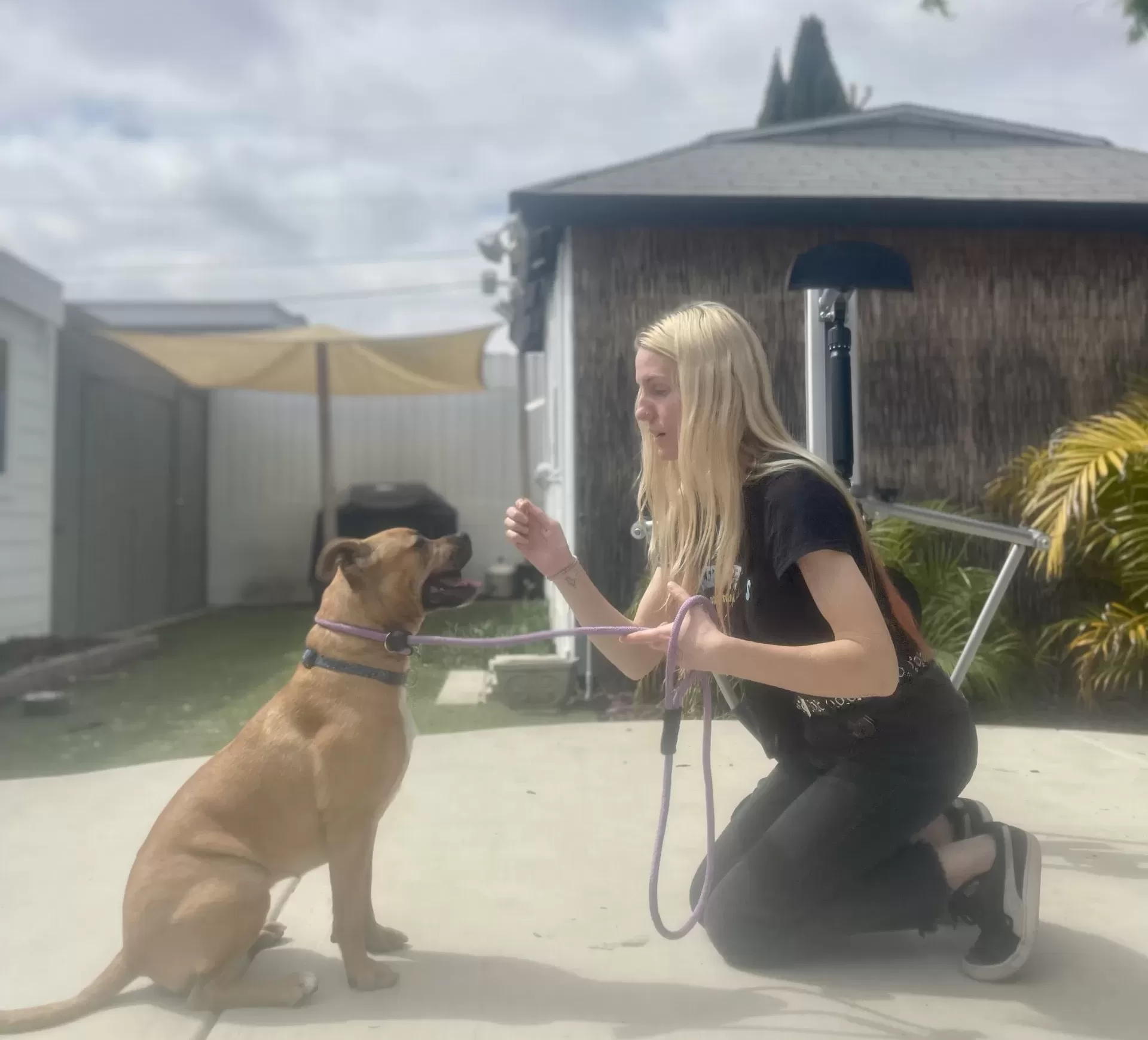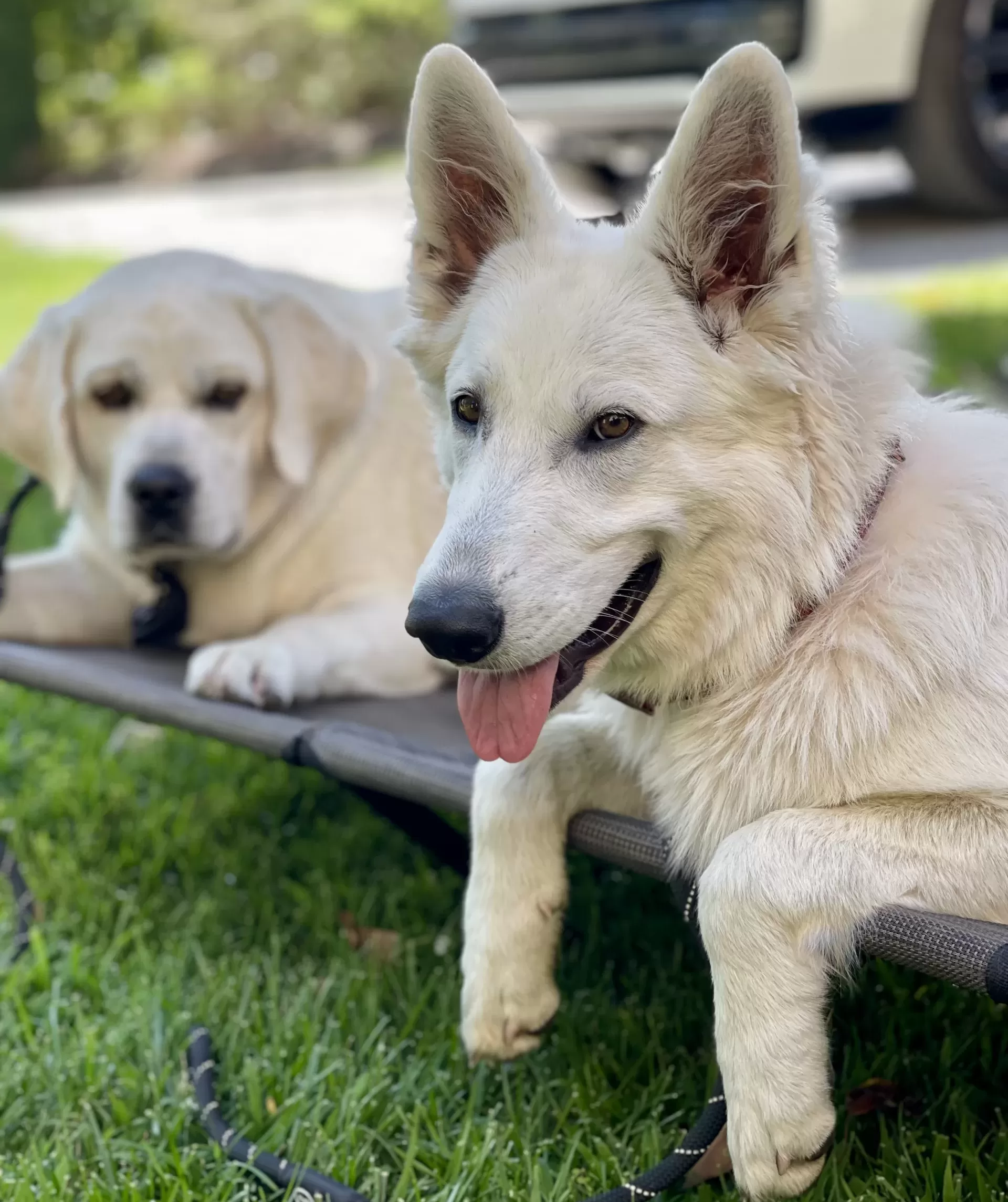Hi, I’m Elise—the trainer behind Peaceful Pups
My journey with dogs began early. At just 10 years old, I started showing Toy Fox Terriers in conformation competitions. That experience opened the door to a lifelong passion for working with animals and understanding their unique personalities and needs.
By the time I was 16, I was volunteering at Helen Woodward Animal Center, handling hundreds of different dogs and learning first-hand how calm, consistent leadership can completely change a dog’s behavior. Since then, I’ve worked as a certified dog trainer, mobile groomer, and pet care provider. Most recently, I became an AKC Approved Canine Good Citizen (CGC) Evaluator, allowing me to assess and certify dogs in foundational obedience and good manners.
My work extends beyond just dogs—I’ve also cared for horses, birds, chickens, and even parrots—which has helped me develop a well-rounded understanding of animal behavior and emotional needs.
With over 15 years of experience, I now bring everything I’ve learned to dog owners across San Diego. My goal? To help you create a peaceful, respectful, and balanced relationship with your dog—no gimmicks, no shortcuts, just calm and consistent guidance that works.

